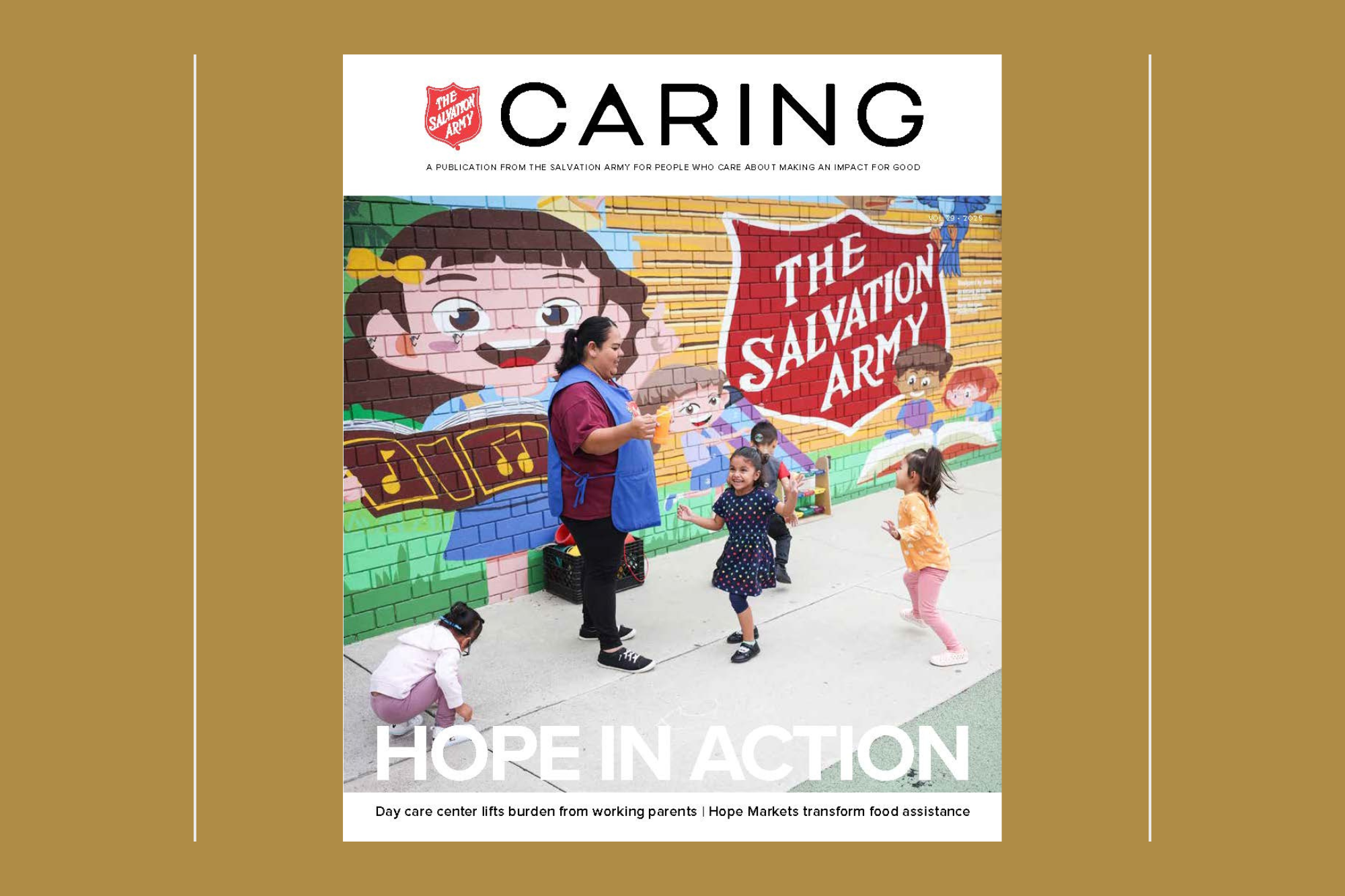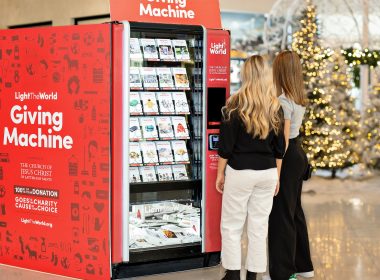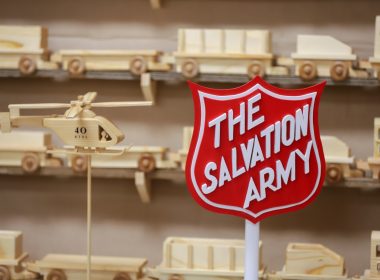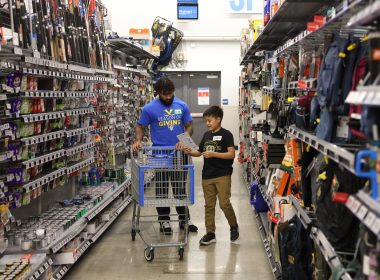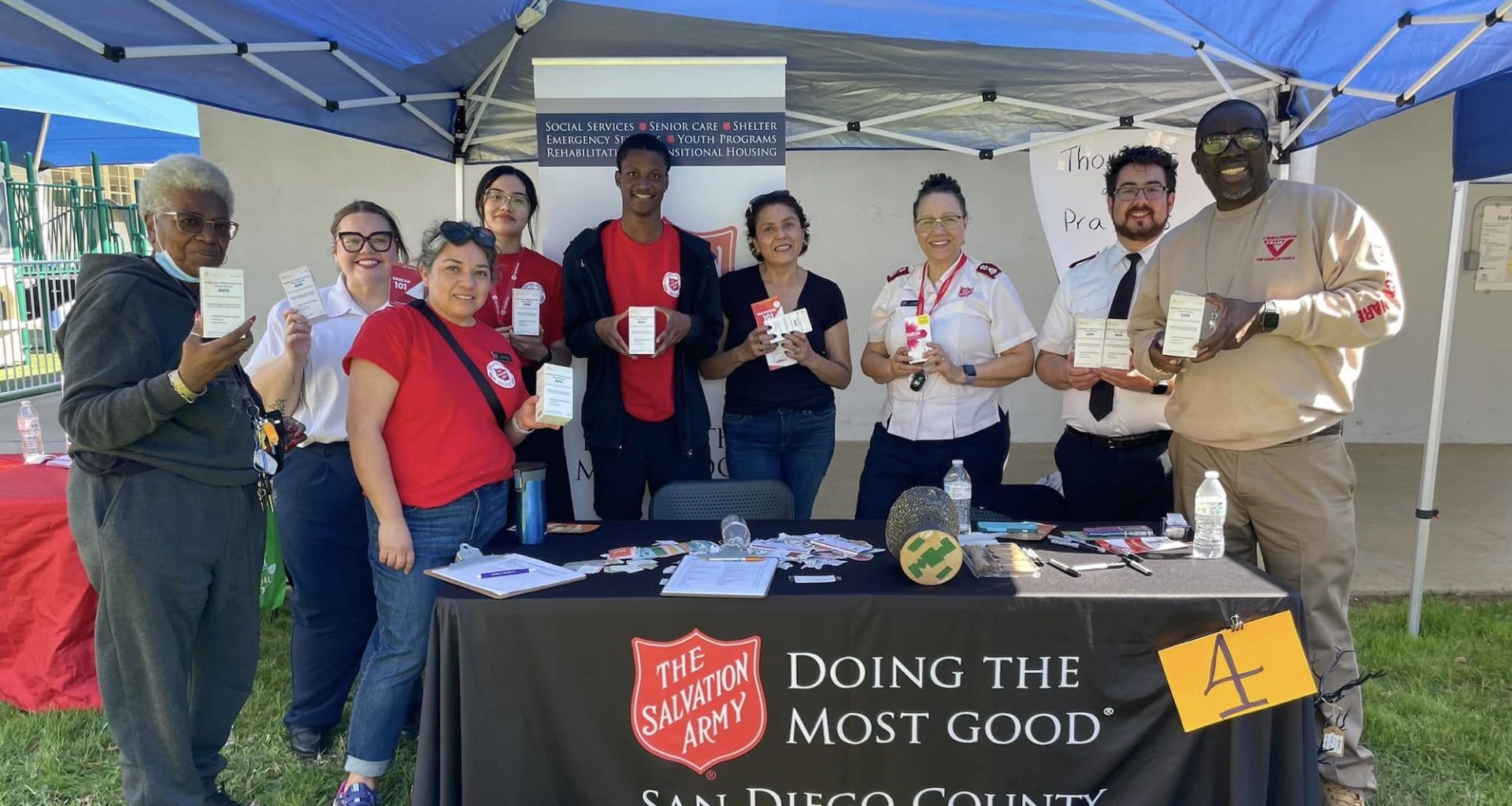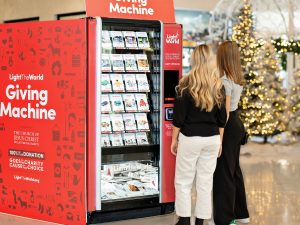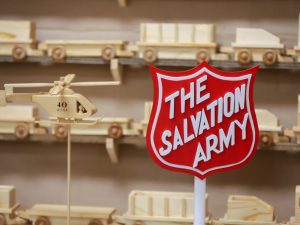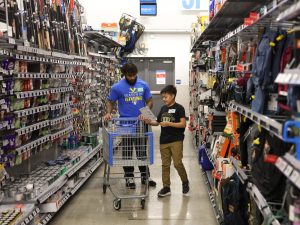Over one year after San Diego’s floods, The Salvation Army continues aiding recovery while preparing for future disasters.
Disasters strike without warning, uprooting lives and leaving people displaced. In an instant, floods, fires and earthquakes can destroy homes, forcing families to flee with few or no belongings.
The aftermath of a disaster is often daunting, as survivors face the challenge of rebuilding their lives amid the chaos of uncertainty.
The Salvation Army—one of the oldest disaster relief organizations in the U.S.—has spent over 140 years helping communities recover. It is consistently among the first organizations to respond to life-threatening disasters, bringing essential supplies, prayer and emotional support to survivors and first responders.
But even after rubble clears and floodwaters recede, The Salvation Army continues to support the community through long-term disaster recovery efforts.
Disaster response in action
On Jan. 22, 2024, San Diego experienced record-breaking flooding that caused widespread damage to 4,856 structures across the county, according to FEMA. Torrential rainfall overwhelmed drainage systems, leading to flash floods that stranded residents, submerged vehicles and forced evacuations in several neighborhoods.
In front of The Salvation Army San Diego Kroc Center, floodwaters reached 18 inches in the lowest areas and rose as high as the top of the Kroc Center’s entrance sign. A few yards away, a man became stranded in his truck and was forced to climb onto the roof for safety.
Two Kroc Center employees—a lifeguard and the Health and Wellness Manager—retrieved lifeguard equipment and rushed to rescue the man and bring him safely inside the facility. The rescue was one of the first of many acts of support provided by The Salvation Army in San Diego, which has remained committed to the community’s recovery from the floods.
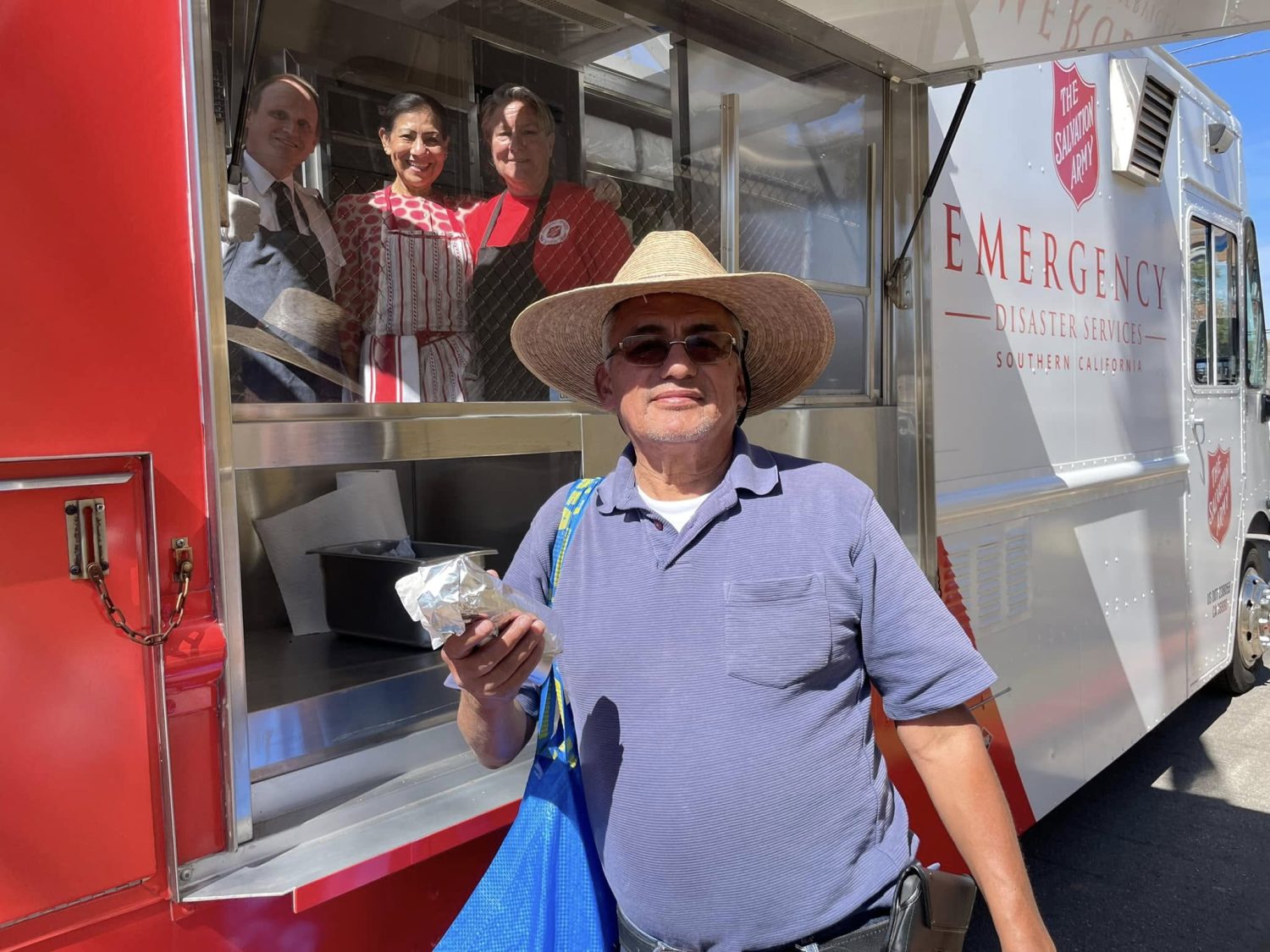
According to Divisional Secretary for San Diego Major Amy Reardon, since the disaster, The Salvation Army has provided aid to nearly 900 families and individuals affected.
“Many people are still getting their homes in living condition,” Reardon said. “We’re here to support them, whether that’s through financial assistance, prayer or a listening ear.”
Financial assistance
A week after the flooding, The Salvation Army San Diego partnered with CBS 8 to host a telethon, raising over $59,000 in 24 hours, with $40,000 more coming from online donations. These funds—along with additional financial aid and donated goods from local partners and community members—have supported affected families throughout the year.
Reardon said the community has continued to donate since.
In addition to giving out donated mattresses, bedding and clothing vouchers, The Salvation Army distributed $1,000 Home Depot gift cards to help families replace furniture and appliances, as many belongings were damaged by water or rendered unsafe due to mold growth.
Wellness events and prayer
To improve access to resources and support, The Salvation Army and other members of San Diego Voluntary Organizations Active in Disaster (SDVOAD) held wellness events. In addition, a spiritual and emotional wellness committee was formed, with Reardon serving as co-chair assistant for eight months.
The wellness events brought together dozens of vendors and holistic community services so survivors could access support in a central location. During this time, Reardon made herself available to anyone seeking emotional support.
“We’ve seen that people want to be prayed with,” Reardon said. “Some have suffered huge losses but are still looking to the future; people tend to be amazingly resilient.”
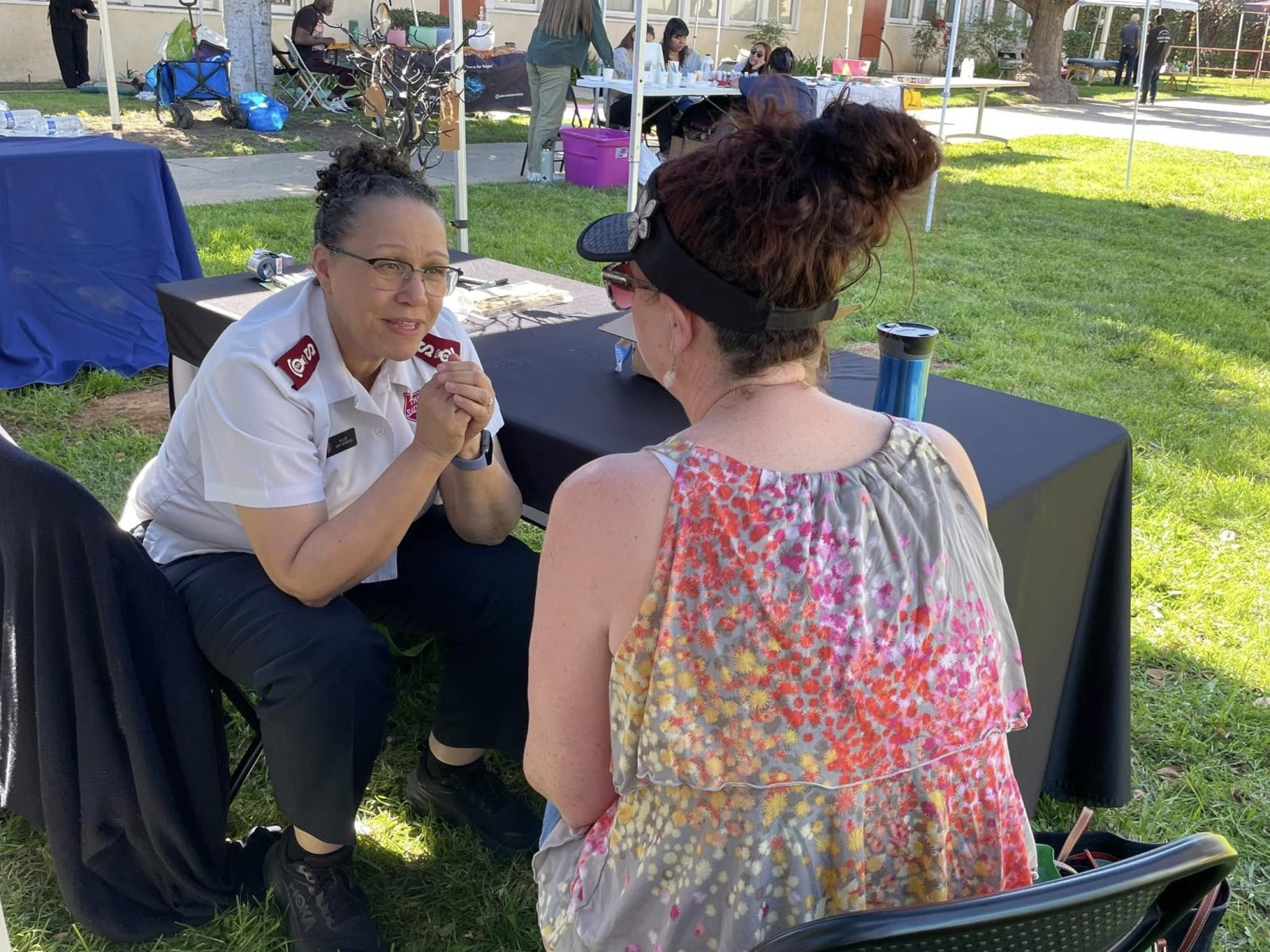
Prayer and spiritual support can be essential in helping people navigate the emotional and mental challenges that follow a disaster. According to the National Library of Medicine, spirituality often fosters resilience and aids recovery following the experience of a disaster. For many, faith brings hope and comfort, especially in times of loss.
When a community unites, it forms a support network that helps individuals heal, rebuild and find hope after a tragedy.
Preparing for the next disaster
The Salvation Army San Diego has spent the last year revitalizing its Emergency/Disaster Response team, ensuring members are trained and equipped to support when the next disaster strikes.
“After the floods, we recognized the need to strengthen our disaster services in San Diego,” Reardon said. “Now, we have a dedicated team of disaster response volunteers who participate in monthly training events so that they’re ready for anything.”
Trainings have covered topics like mental health support, operating a Salvation Army canteen, CPR and active shooter response.
Additionally, a grant from Margaret A. Cargill Philanthropies enabled The Salvation Army San Diego to build an emergency operations center within the San Diego Kroc Center, positioning them to establish a command center in preparation for the next disaster.
The operations center is expected to be completed by the end of the year and will include a generator to maintain operations during power outages.
“We’re preparing for the future and are ready to stand beside our community whenever they need us,” Reardon said.
Do Good:
- Have you ever found yourself wanting to volunteer but unsure of what to do or how to go about it? Here’s the key: You can make an impact for good with whatever time and skills you have. Whatever your interest, there is a you-sized need for goodness in the world. Get the guide on How To Be An Impactful Volunteer with nine habits to make a difference when giving back.
